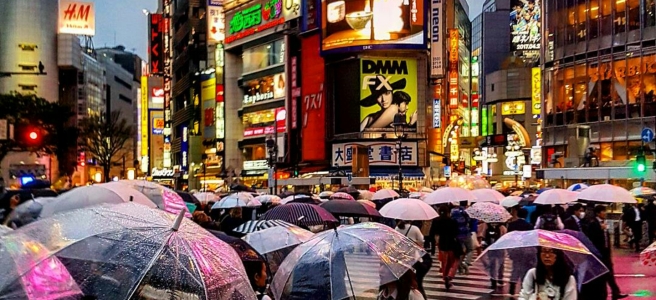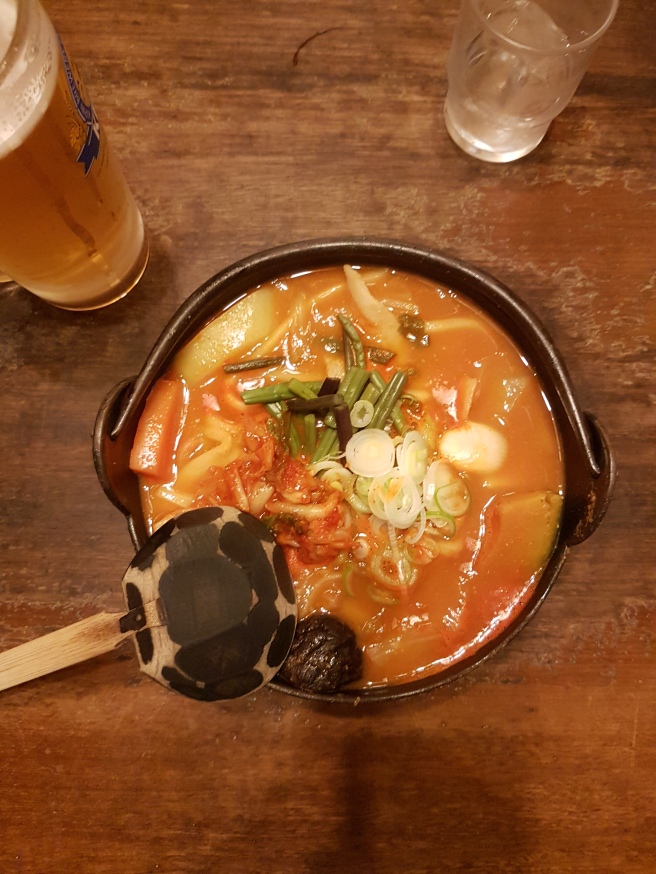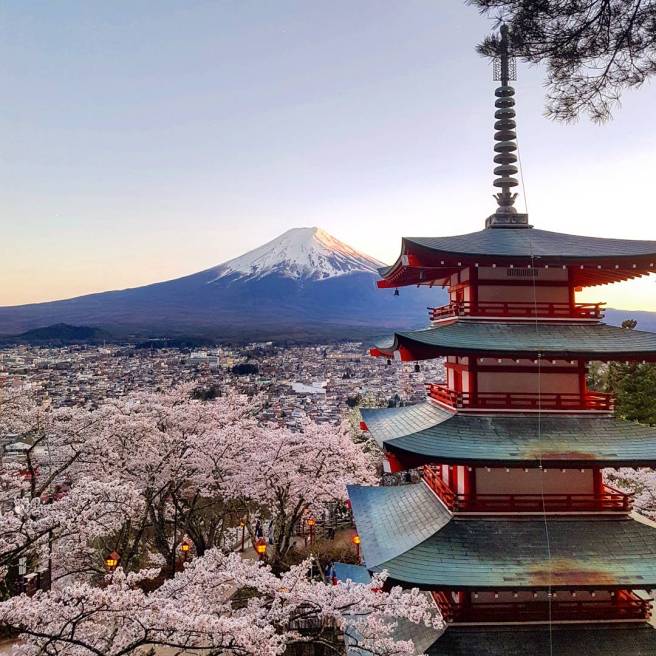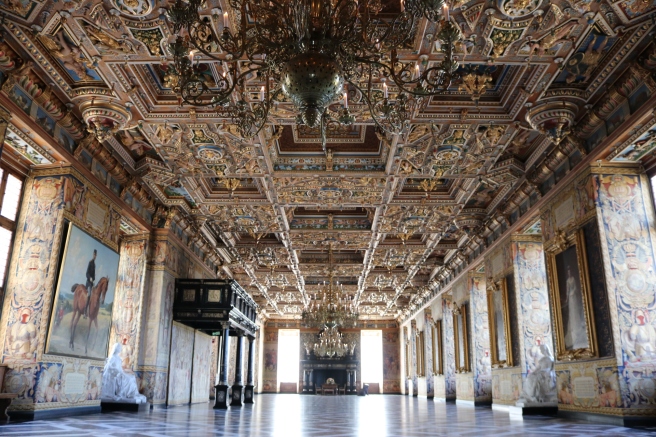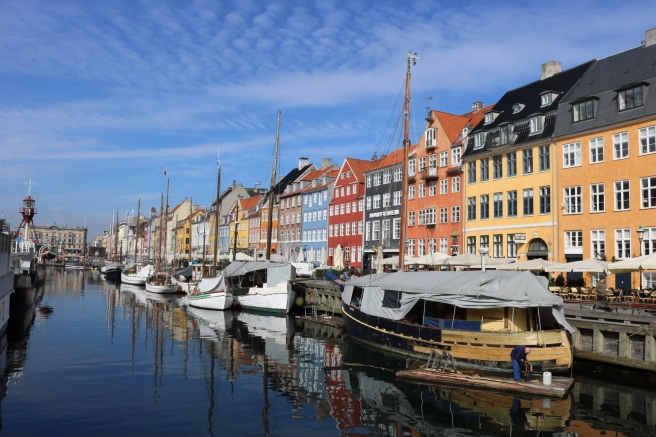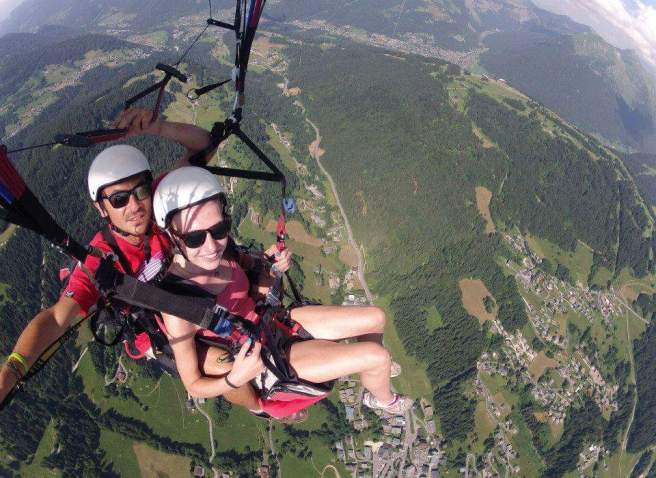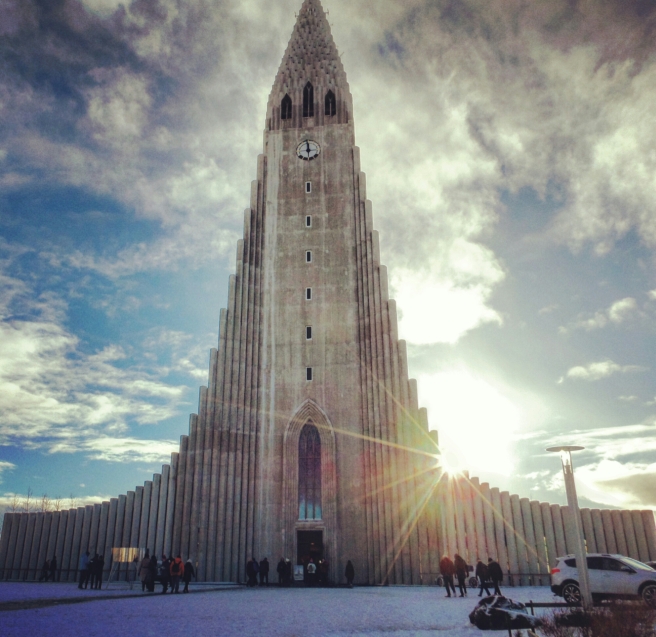1. Hire a bike!
Definitely my favourite way to see the city and pretty cheap to hire (you can get a discount with the Copenhagen Card – see below). Most of the population cycle and cyclists are well respected on the road so there’s no reason to feel nervous. Often there are designated bike lanes so you don’t need to worry at all. Just look around you and enjoy the sights.

2. Get a Copenhagen Card
I bought the 72hr Copenhagen card and it was so worth it! Not only does it cover all your transport in that time period – metro, subway, underground, overground, boats and buses. It also gets you a 20% discount on bike hire AND free entry to over 70 of Copenhagen’s attractions. That covers EVERYTHING you could possibly want to do there. Just a few examples of what it covers are: Tivoli, Amalienborg Palace, Frederiksborg Castle, Rosenborg Palace, the Round Tower and so much more; just check out the website.
3. Stay in an Airbnb
This was a lifesaver and a money saver. Not only do you live like a local, it’s also ridiculously cheap which counterbalances how expensive the rest of Copenhagen is. Three of us stayed in a lovely apartment right on the M1 metro line in Frederiksberg for 3 nights and it cost us £63 each. That was just over £20 a night!
4. Take the train to Sweden
Who could say no to taking a day trip to another country? Malmö is only half an hour by train, about £20 and you cross the famous Øresund Bridge to get there. Malmö is small but cute – check out Lille Torg – the little square in the old town. It’s a lovely change and fun to do if you have time while you’re in Copenhagen.

5. Take a walk along Nyhavn
Everyone going to Copenhagen has to see Nyhavn. It’s unmissable with its brightly coloured buildings, restaurants, bars and waterways. Take a walk down both aides to get the atmosphere and experience or even take a boat ride. It’s very expensive though so be warned! It might be wise to just stop for a beer.

6. Spend a day along the waterfront – both sides!
The waterfront from Nyhavn going north will lead you past Amalienborg Palace where you can see the changing of the guards at midday. It will also lead you up to the Little Mermaid statue as well as some lovely scenery on the way. On the opposite side, if you cross the bridge at the bottom of Nyhavn, you can get to Christianshavn Freetown built in the 80s and still retaining that vibe and identity. There are lakes to cycle along there and don’t miss the indoor street food market!
7. See some live music
We did this spontaneously and had the best night. We went to a small bar called the Hvide Lamb (the white lamb). It has local jazz bands playing ever night of the week in a small, smokey, local bar. With genuine talent and Danish beers, what’s not to love?
Do you have any top tips to add?




